The Narrows is a true natural wonder, where the Virgin River has carved its way through towering sandstone walls for millions of years, leaving behind a stunning gorge to explore. Now one of the most popular hikes in Zion National Park, this is a must-do if you’re planning a trip to the area.
In this beginner’s guide to hiking the Narrows we will discuss everything you need to know including planning and preparation. This way you will be able to have the most enjoyable experience.
So, if you’re ready to embark on a journey of a lifetime, where the beauty of nature is your guide and the Narrows are your path, let’s get started. Lace up your hiking boots, pack your backpack, and get ready to be amazed as we dive into the world of hiking the Narrows. An adventure that will surely leave an indelible mark on your soul.
Trevorocity is reader-supported. When you buy through links on this site, we may earn an affiliate commission.
Getting to The Narrows at Zion National Park
Planning an epic adventure to hike the Narrows you must first make it to Zion National Park. Zion National Park is located in the south-west of Utah. Zion National Park is located near the small town of Springdale, Utah. The easiest way to get there is by renting a car from a nearby airport.
There are a few different airports around Zion National Park, with the closest being St. George Regional Airport. St George is located just 50 miles away from the entrance of the park. While it is the most convenient airport in relation to Zion National Park, it can be expensive. Flights into this small airport tend to range around $500. Car rentals are also expensive from this airport.
Two good alternatives are McCarran International Airport in Las Vegas and Salt Lake City International Airport. Driving from Las Vegas it is about a 2 and half-hour drive to the entrance. From Salt Lake City Airport it is about a 4 hour drive to the park entrance.
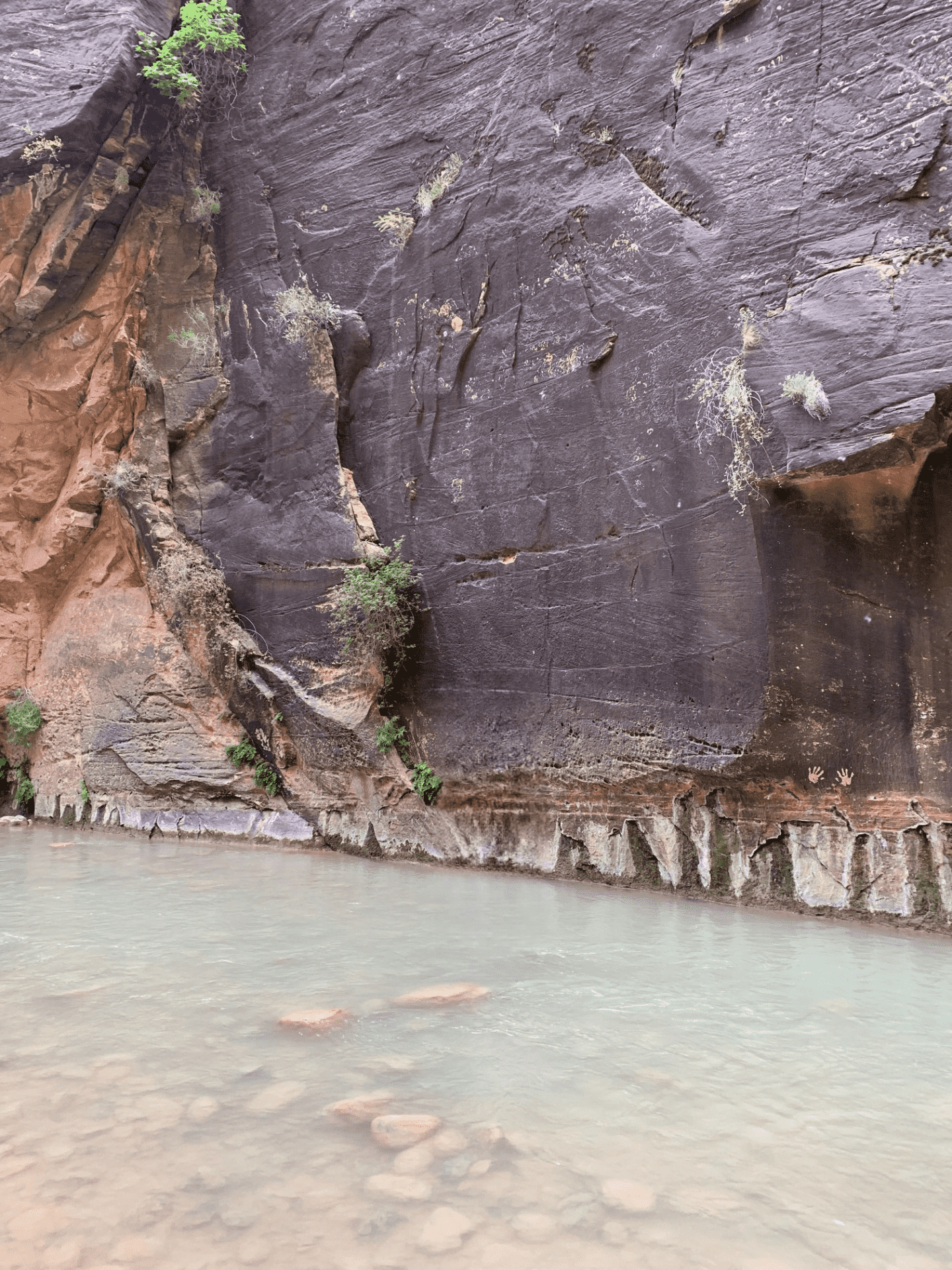
Best Time to Hike The Narrows at Zion National Park
When it comes to hiking the Narrows in Zion National Park, timing is everything. This iconic slot canyon adventure is truly a natural wonder, but the season and weather conditions can significantly impact your experience.
The best time to hike the Narrows is from March to May for a few different reasons. Temperatures are milder and with Zion National Park not offering that much shade it is nice to have cooler temperatures to hike in. Crowds are lesser in these months, meaning it won’t be as crowded and getting on the shuttle will be much easier.
The summer is also a popular time to hike the Narrows as days are long and foliage is in full display. However, the summer months can bring a lot of crowds, especially in the first few miles.
No matter the time of year it is essential to check the weather forecast. Flash floods are a risk when hiking the Narrows. While most common in the summer months during the monsoon season they can happen any time.
It is still possible to hike in the fall months, but water temperatures are cold and difficult to hike in. Summer temperatures have the hottest water temperature around 68 Fahrenheit, while during the winter months the high is 45 Fahrenheit.
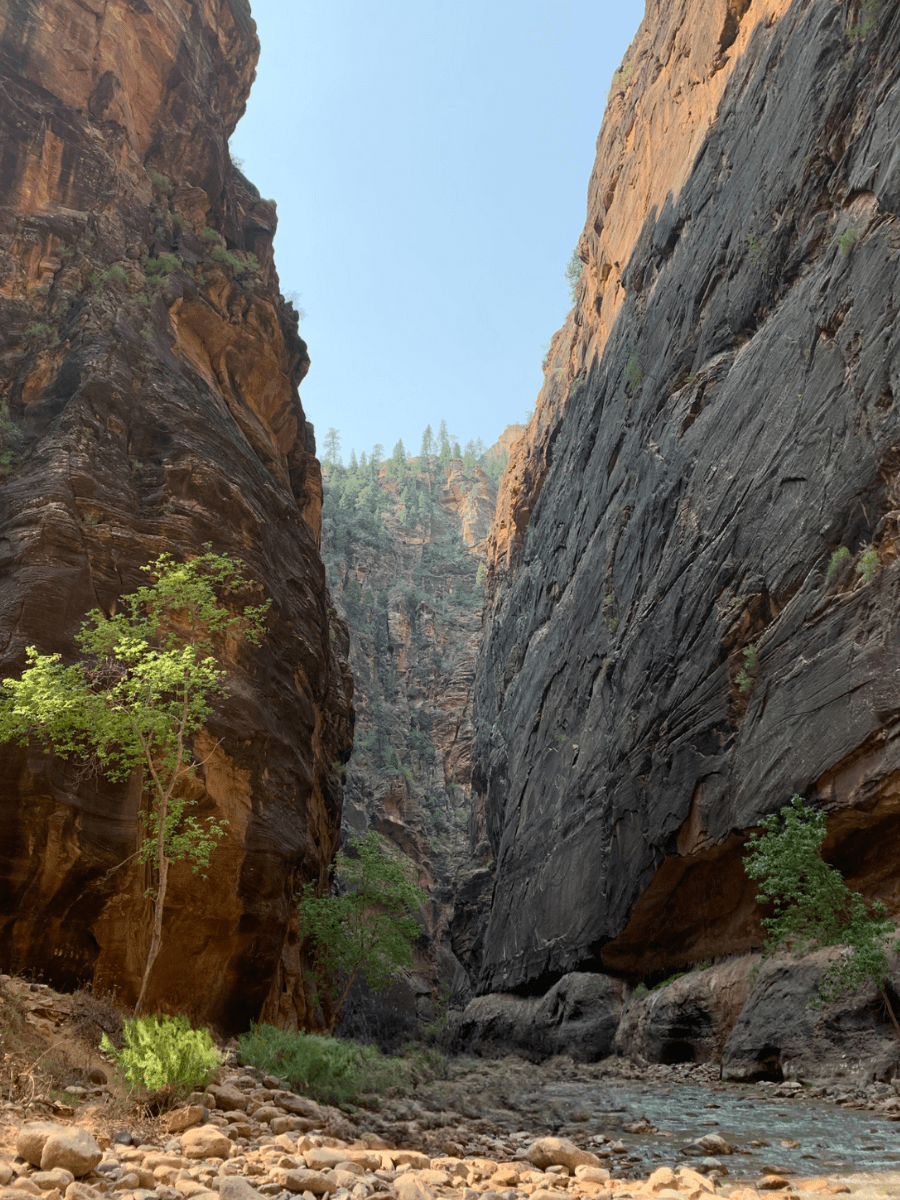
Hiking The Narrows at Zion National Park
This beginner’s guide to hiking the Narrows will specifically be focusing on hiking the Bottom Up route. There is a 16-mile Virgin River Narrows through hike that requires additional preparation and is typically done as an overnight hike. No permit is required to hike the Bottom Up route.
While the Bottom Up route is technically 9.4 miles, it is an out and back route. So while it may seem like a lot you can really hike however far you feel and turn around at your own pace. Reaching the end of the 9.4 miles won’t bring you to a specific viewpoint or extra spectacular spot to see. Instead you will see plenty of unique and interesting sights along the way.
To start the hike you’ll want to take the shuttle bus to Temple of Sinawava (the last shuttle stop). Private cars are not permitted to drive up to the Narrows, and while you can technically hike from the road, taking the free shuttle is a much easier and faster option. The last few years Zion National Park has been playing around with implementing a pass system to ride the shuttle. Make sure to check their website for the most up to date information.
From the Temple of Sinawava it is about a mile hike which serves as a prelude to the adventure that is about to come. You’ll gradually leave the pavement behind, and start hearing the flow of the river. There is a stone area right before you enter the water. This is a great area to don any water gear you might have because you’re about to get wet.
As mentioned before the hike is about the journey and not getting to an end point, and there is a lot to see along the way. One of the major things you will see along the hike is the walls of majesty. This is the defining feature of the Narrows is its towering sandstone walls that rise hundreds of feet above you. The interplay of sunlight and shadow on the rock faces creates ever-changing patterns and hues throughout the day.
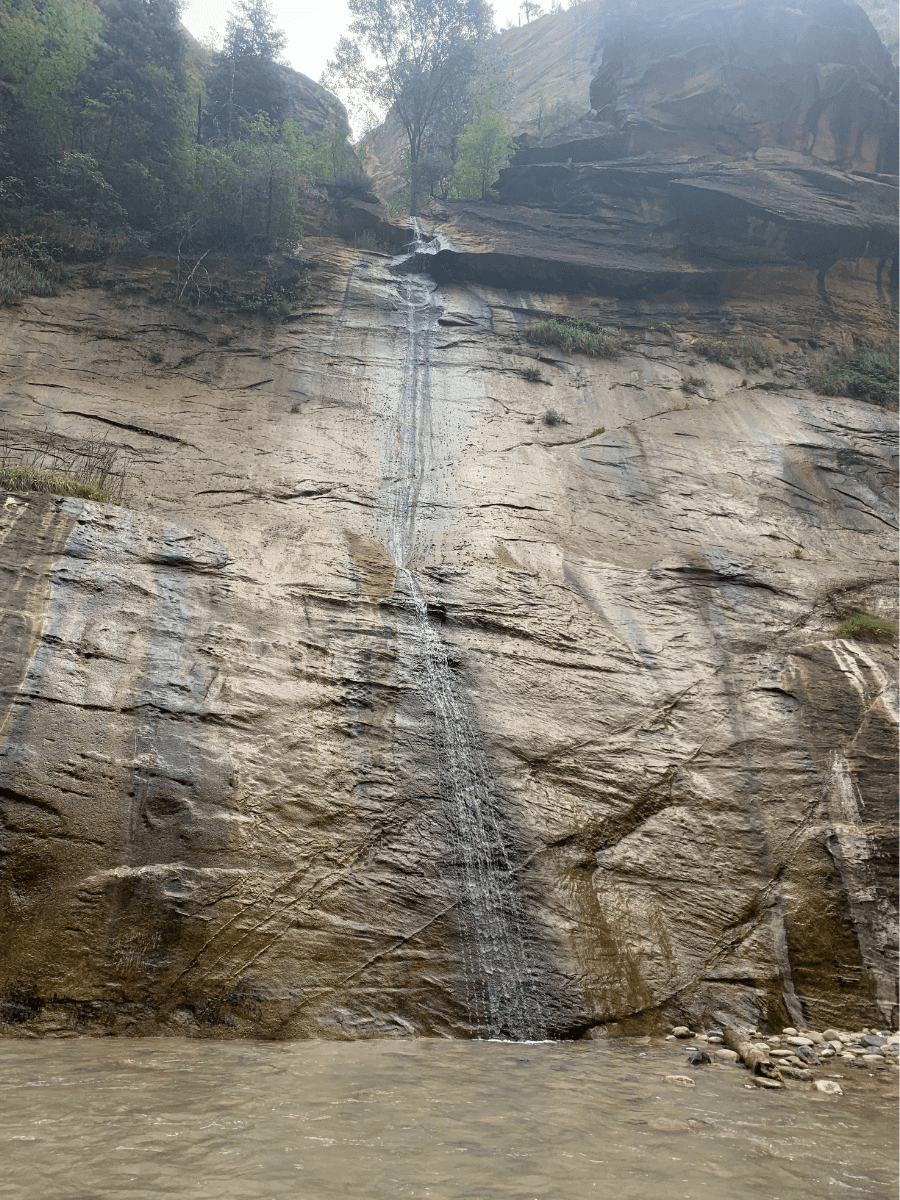
Another popular destination that you will see many people resting at is Subway Rock. Subway Rock, a smooth, curved formation that resembles the shape of a subway tunnel. This is honestly a great place to hang out and relax for a bit.
Throughout the hike you will most likely see weeping walls, sections of the canyon where water seeps through the sandstone, creating a mystical “weeping wall” effect. Once you’ve had enough, simply just turn around and follow the river downstream. The stone area right next to the narrows is a great area to change out of that wet gear and into something dry for the hike back and the shuttle ride.
A last side not for all of those who are on the fence, there are also tour operators that are able to take you on a guided hike. This might be a better option if you aren’t sure on your hiking capabilities.
Renting Gear Vs. Bringing Own Gear
While technically no special gear is required to hike the Narrows, it is nice to have gear that will help you remain dry and comfortable throughout the hike. Many out fitters such as Zion Outfitter, offer rental gear at reasonable prices. There is different gear rental for different seasons. It is important to pick the one that most fits your time of hiking.
When I hiked in April, I rented the summer package because it was quite hot. However, I did bring some of my own gear as well. I used the shoes and socks that they provided, but I brought my own dry sack that I put in a backpack. My own hiking poles to help wade through the water.
To be honest, I think the best setup involves a combination of renting gear and bringing your own equipment that you are comfortable with.
Final thoughts on Hiking the Narrows
The Narrows isn’t just a hike; it’s an odyssey, a daring dance with nature’s forces, a quest to unlock the secrets hidden within its ancient sandstone folds. The very air vibrates with the energy of exploration, and the rhythm of the river becomes your heartbeat, a primal connection to the wilderness.
As you take your final steps, you’ll be filled with a sense of accomplishment that words can barely capture. You’ve conquered the Narrows, and in doing so, you’ve conquered yourself. The echoes of your footsteps will linger in your memory, a reminder of the time you ventured into the heart of nature’s masterpiece.



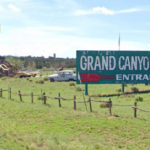
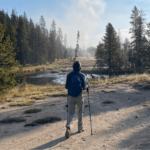
[…] A Beginners Guide to Hiking the Narrows […]